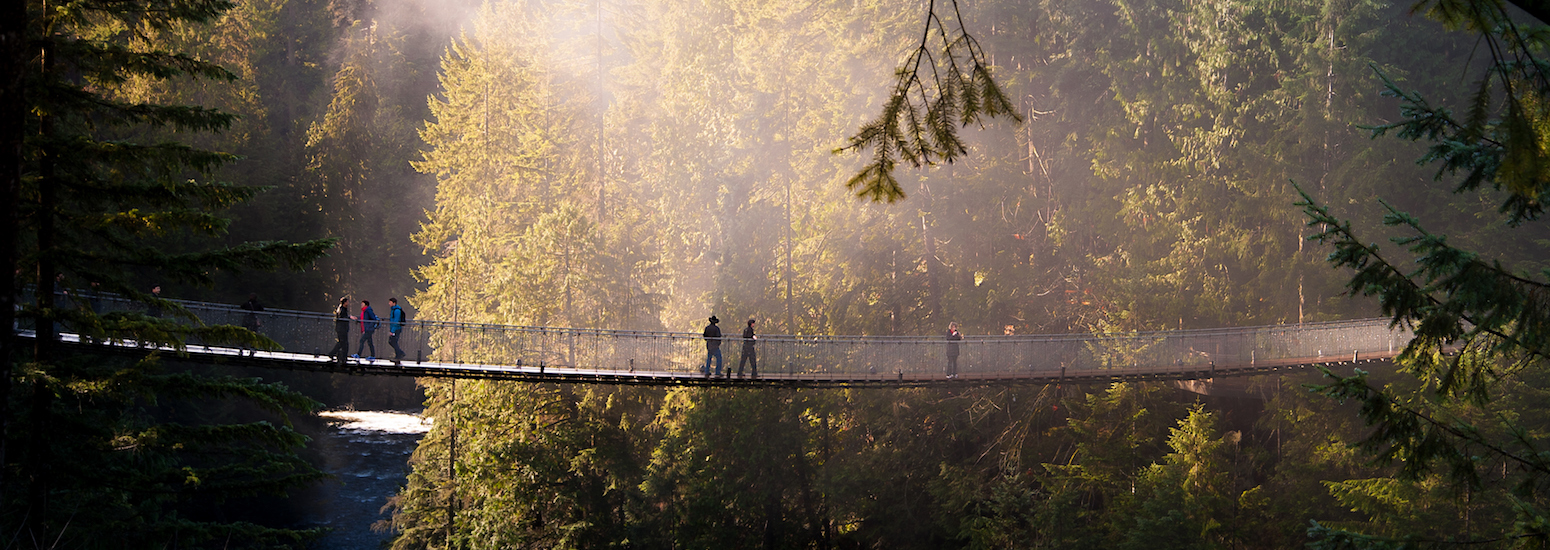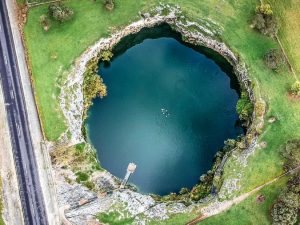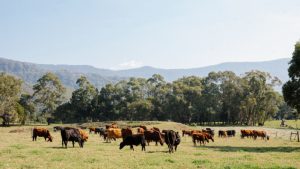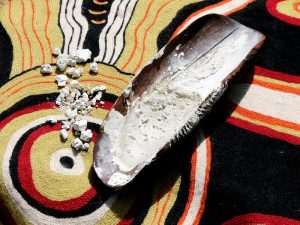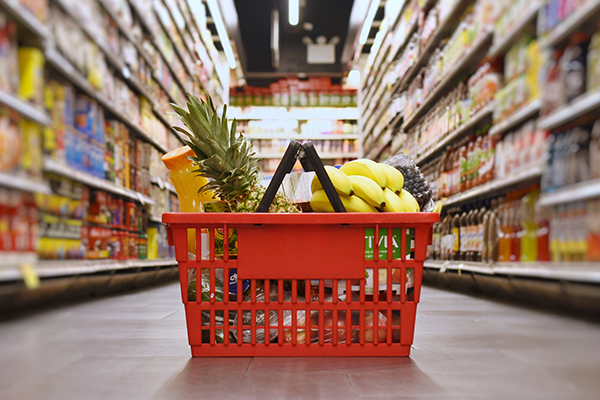
-
Don’t click on links
As an increasing number of businesses are turning to SMS messaging to get time in front of our distracted eyes, so too are scammers. As a general rule, don’t click on any links sent to you – whether it’s via SMS, another messaging service, or even your email – without checking in with the person or company the message is from first, via a different and trusted medium.

-
Protect yourself with a VPN
A VPN creates a secure, encrypted connection between your computer and the internet. Picture a tunnel traveling through the air between you and a server. You can see what you’re sending; your server can see what you’re sending; but no one else can see inside that tunnel. Using a VPN means that any information you send or receive over the internet is protected from anyone who shouldn’t be peeking in at what you’re doing.

-
Use a reliable DNS
Because computers don’t “speak” English (or Chinese or Arabic or Swahili or any other human language), they need a translator. That’s where a domain name system (DNS) comes in: DNS translates your human words into numbers, which is the “language” computers “speak.”
However, a hijacked DNS can send back fake information, which brings you to a hacked version of the site you’re trying to access. For example, if you wanted to access your bank account but your DNS had been hijacked, you’d be redirected to a look-alike site – and you wouldn’t know the difference. You’d put in your banking info, just like usual, only to have that information (and potentially all of your money) stolen.

-
Update your software
One of the most important things you can do to keep yourself safe online is regularly update software. Software updates — from the apps you use everyday to the operating system on your computer or phone — often come with security updates, large and small. If you don’t download the update, however, your device is open to attack from those security gaps.

-
Use a password manager
Password managers are secure vaults where you can store every single password. All you have to remember is one master password to gain access to any login information that you need. They’ll also generate random passwords for you, either as a combination of letters and numbers or as unrelated words.

 COVID-19 Around the World3 years ago
COVID-19 Around the World3 years ago
 Cuisine Explorer4 years ago
Cuisine Explorer4 years ago
 Arabic2 years ago
Arabic2 years ago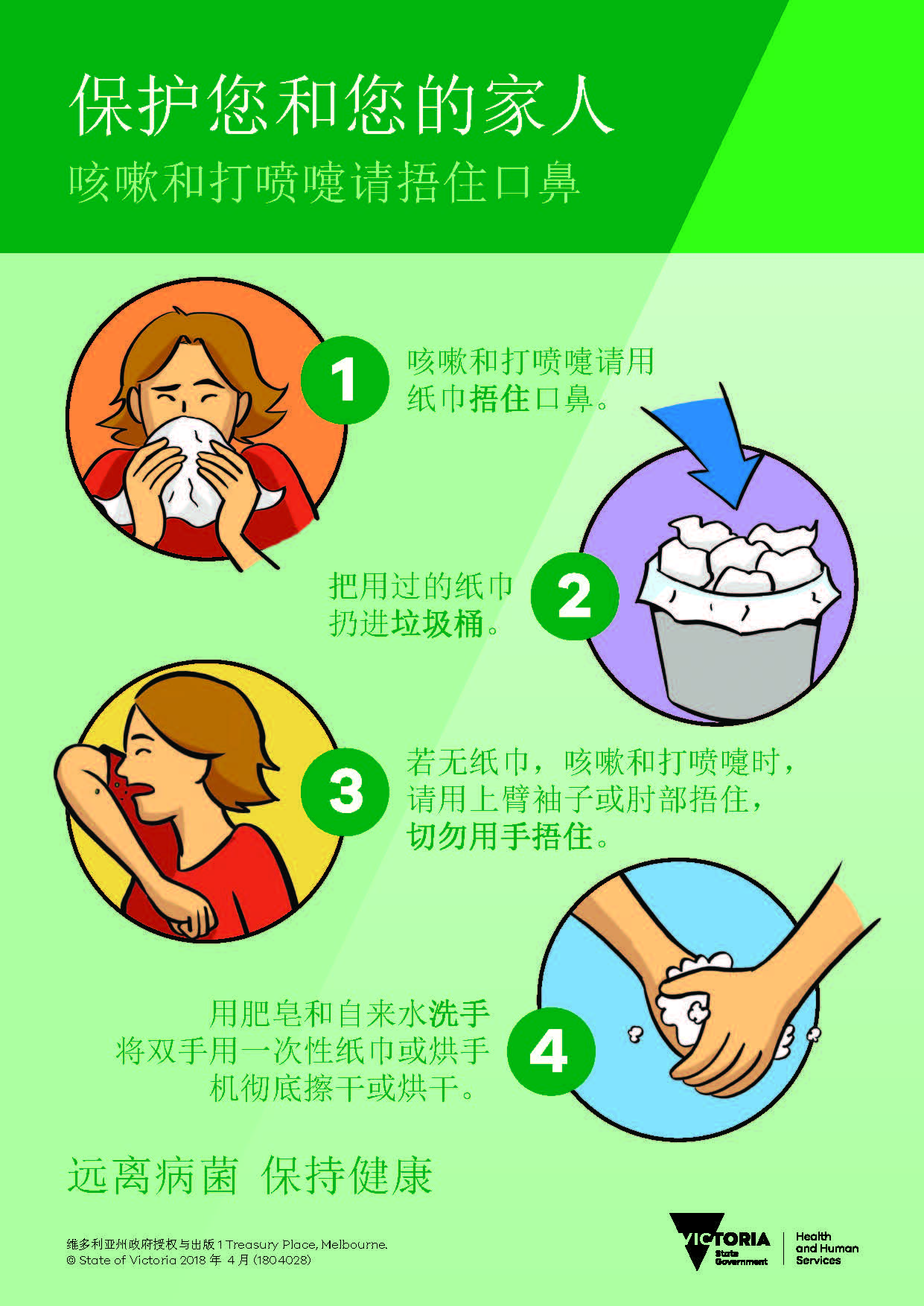
 Cantonese - Traditional Chinese4 years ago
Cantonese - Traditional Chinese4 years ago
 Tagalog4 years ago
Tagalog4 years ago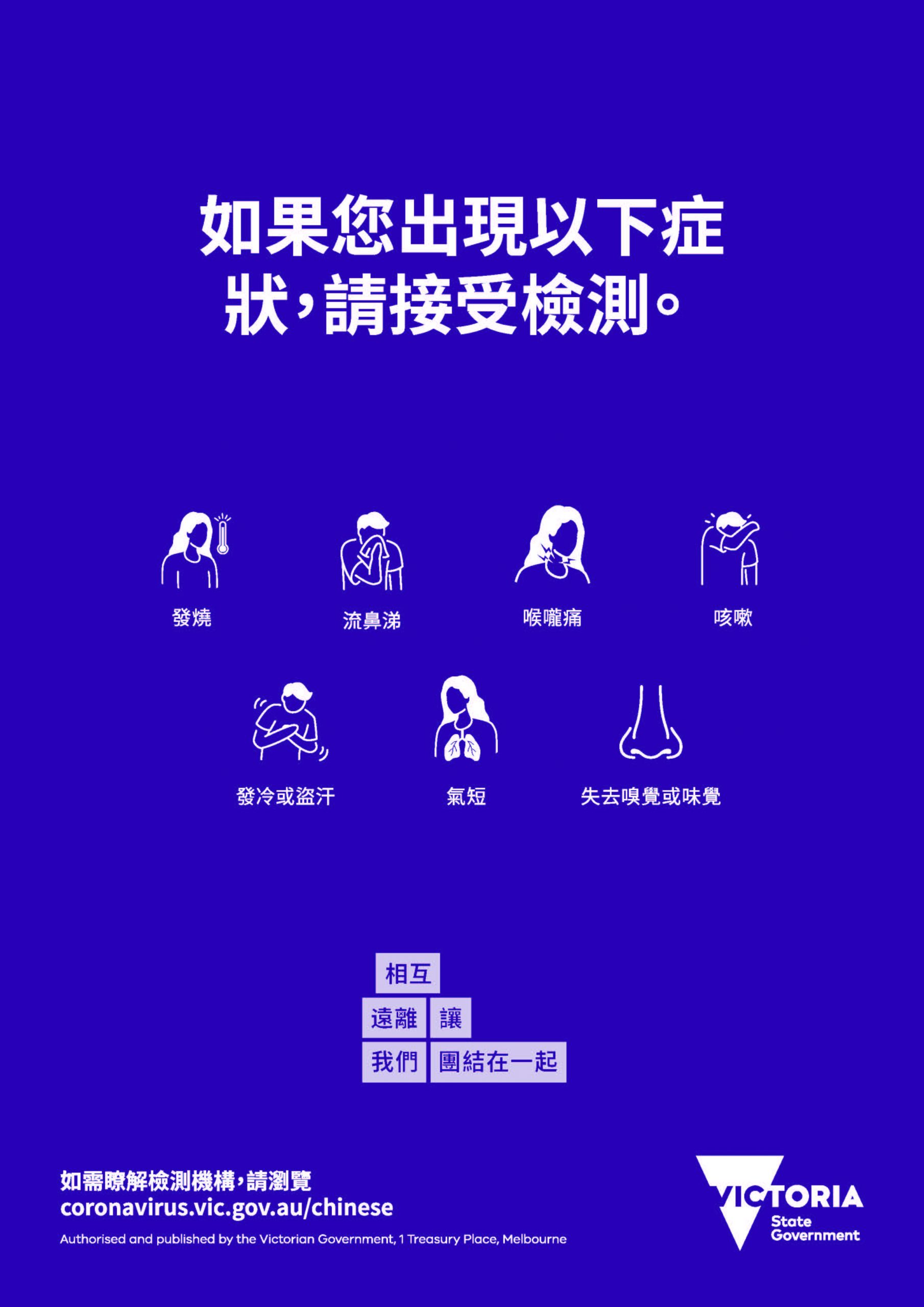
 Uncategorized4 years ago
Uncategorized4 years ago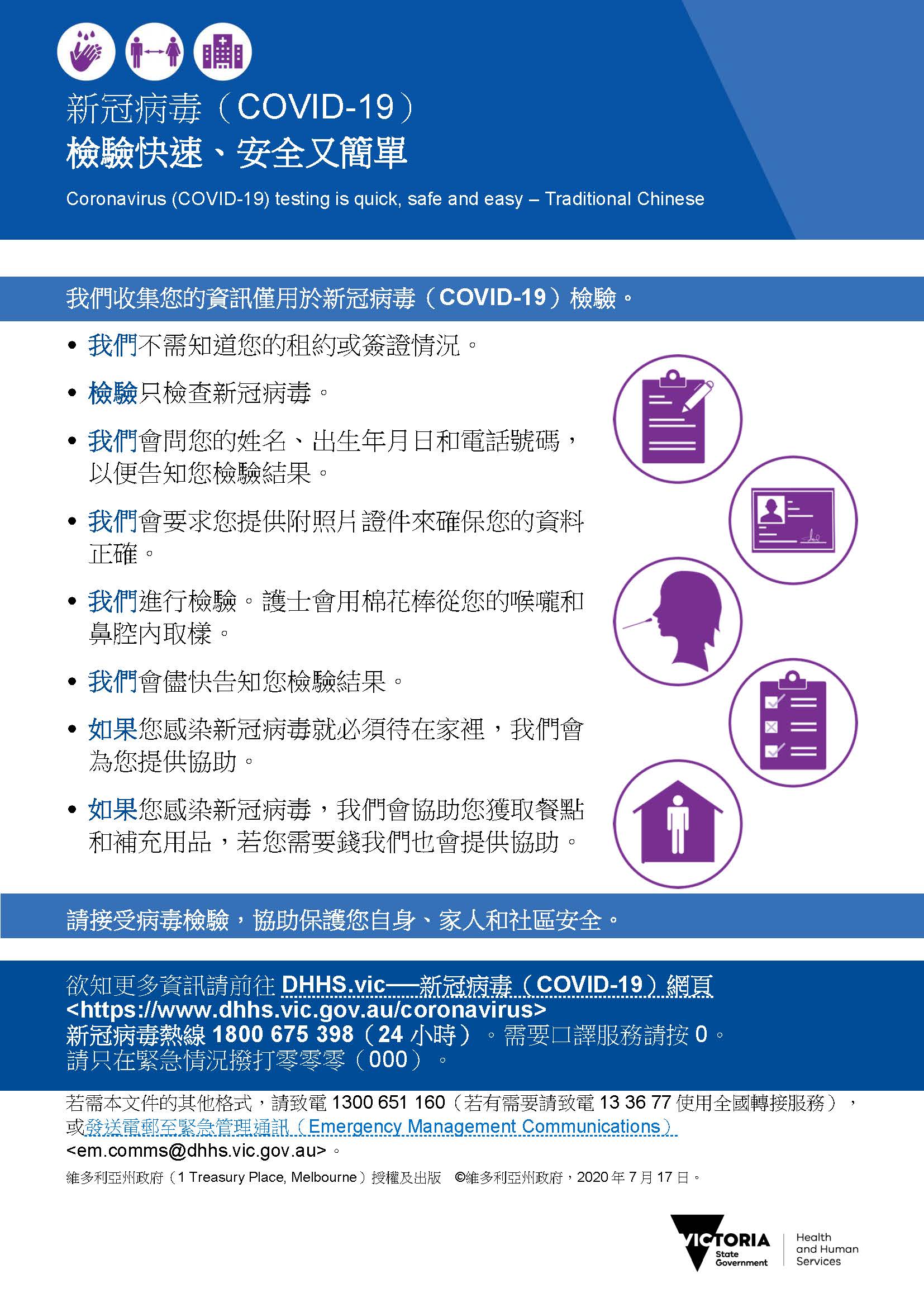
 Uncategorized4 years ago
Uncategorized4 years ago







